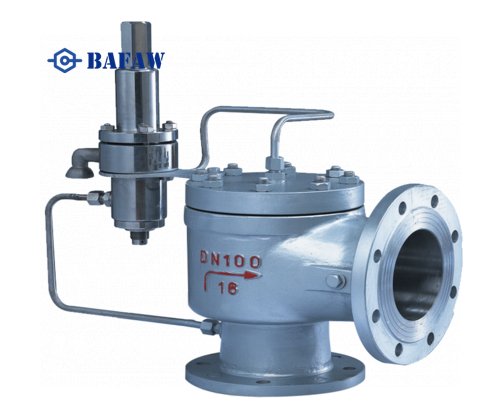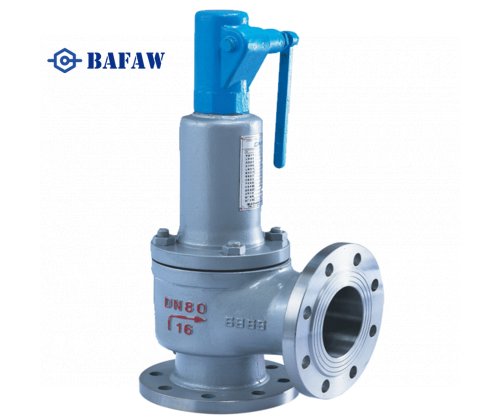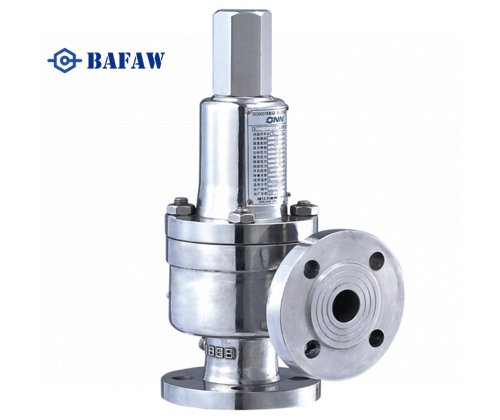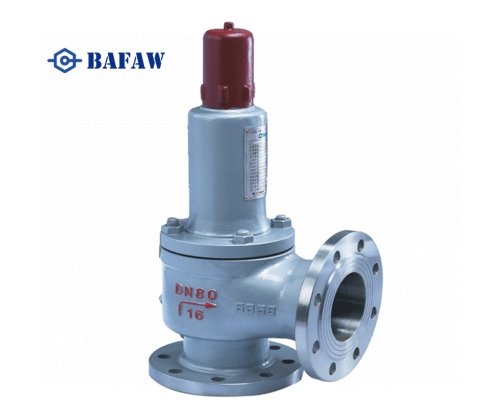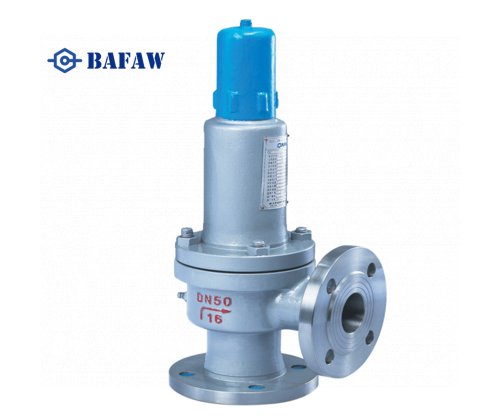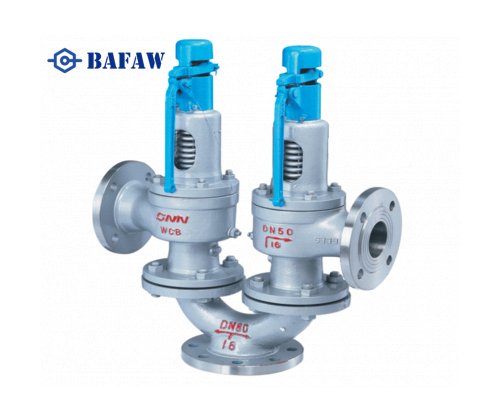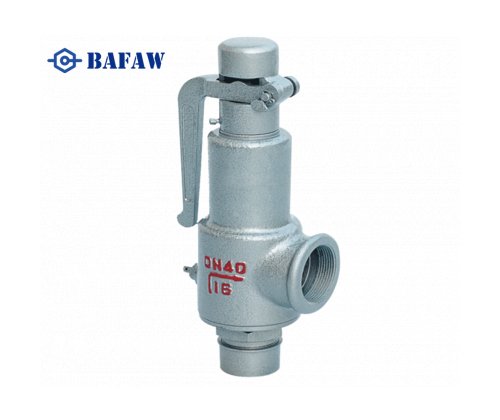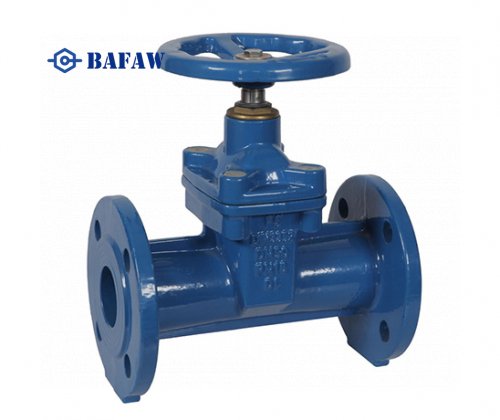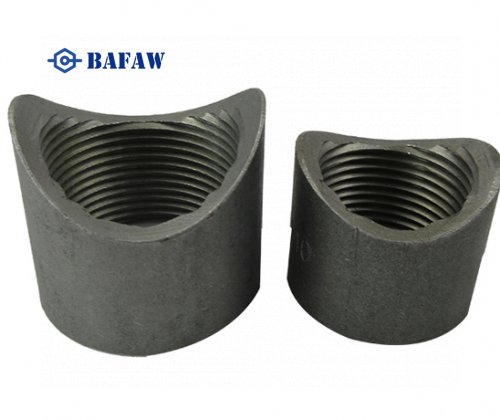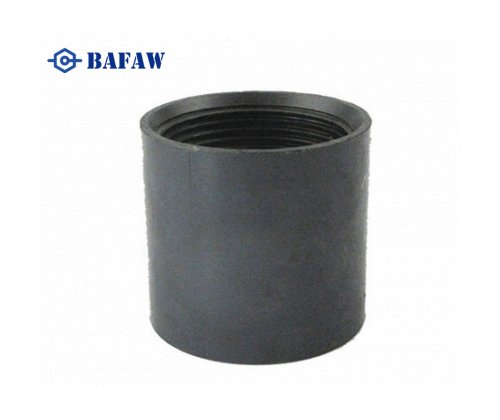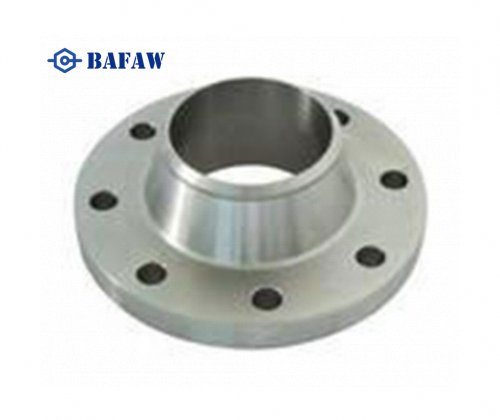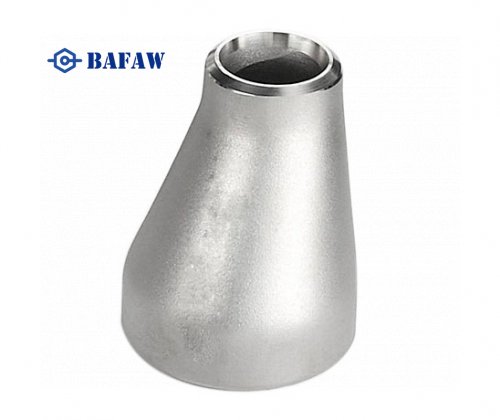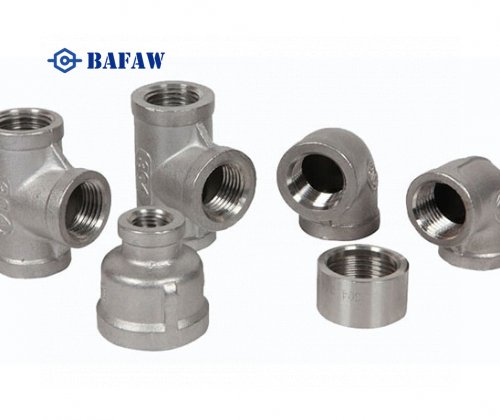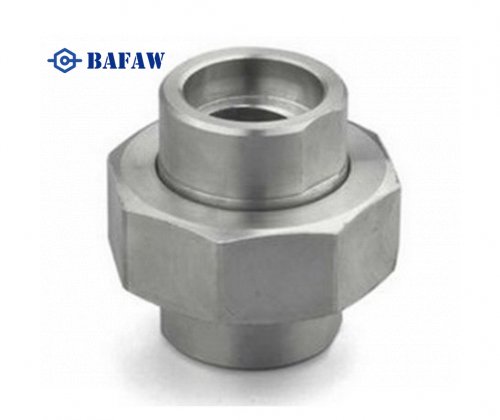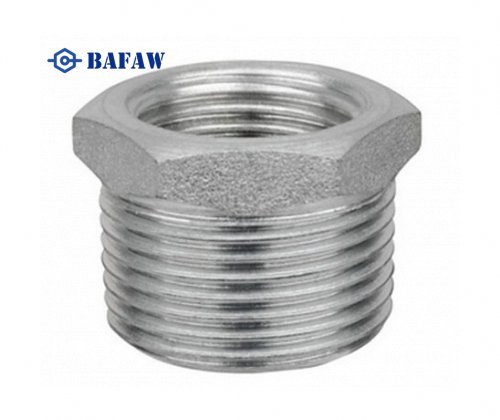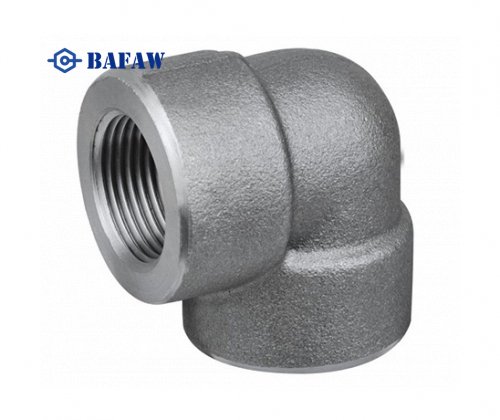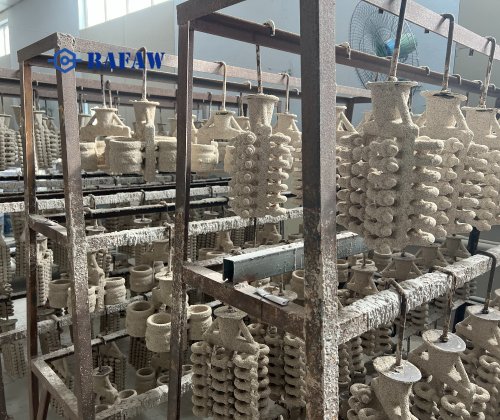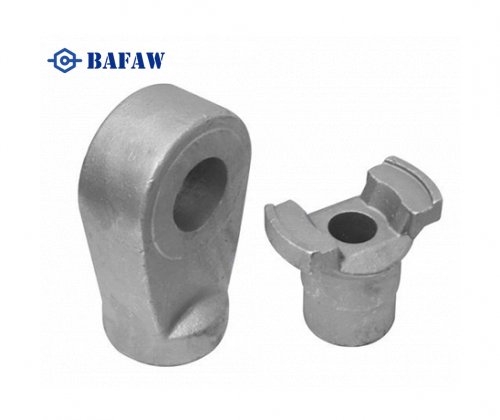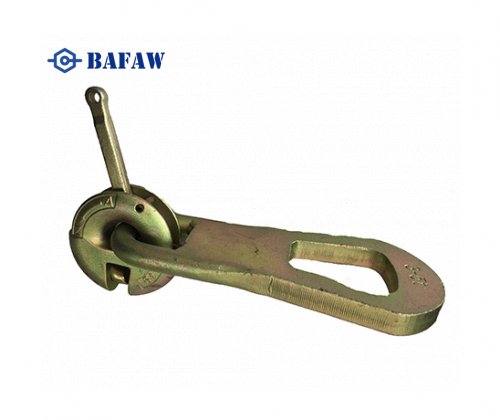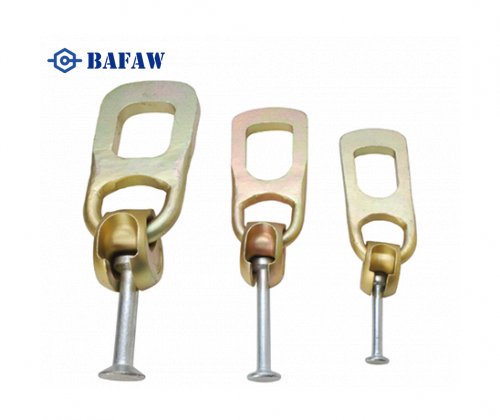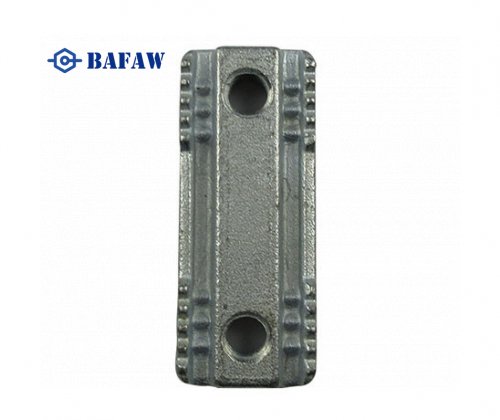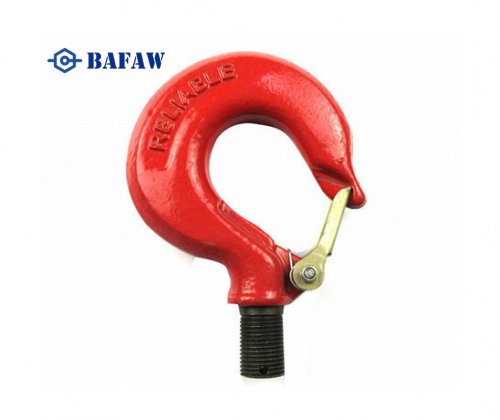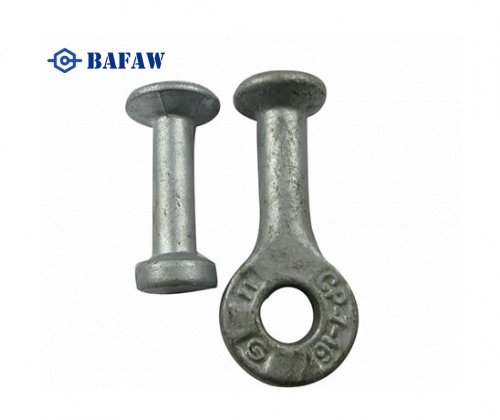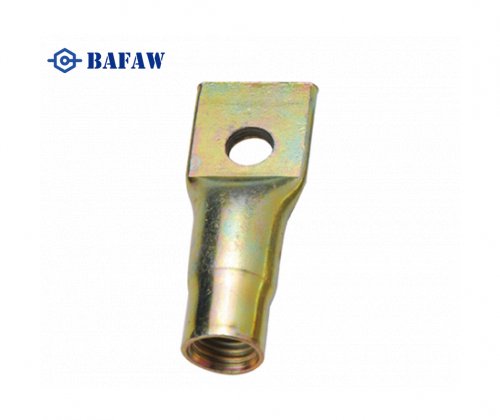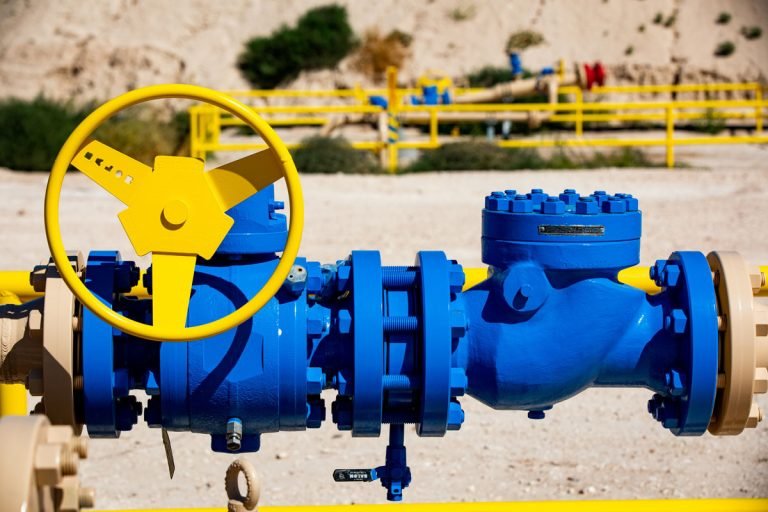There are several types of throttling valves, each designed for specific applications and fluid characteristics:
Globe Valves: Globe valves are the most common type of throttle. Their design features a movable disc placed over an orifice for precise flow control. Globe valves have a linear movement of the disc and are suitable for applications that require frequent adjustments and can handle high pressure and high temperature fluids.
Due to their design configuration, globe valves can create greater flow resistance than other types of valves, affecting system performance. They are complex, take up more space, and are relatively heavy. This is not suitable for space-restricted environments.
Ball Valves:
Ball valves are typically used for on/off control and can also be used as throttling valves. Ball valves feature a spherical disc with a hole in the centre that can be rotated to adjust the flow path. By rotating the sphere, the operator can change the flow area for effective control. This makes ball valves suitable not only for quick shut-off applications, but also for throttling.It functions best when used to throttle gases in low-flow applications. Its design allows it to close and hold fluids, gases, and vapors while minimizing pressure drop, all thanks to its non-stick design when fully open.
While not as precise as globe or needle valves, ball valves are durable and fast-acting, making them suitable for applications where speed and reliability are more important than precise flow control. Known for their fast closing ability, ball valves are commonly used in applications where on-off control and throttling are required. However, they can have a greater resistance to flow when partially open, which can affect flow control.
When using a 3-way ball valve in a throttling application, it is important to note that it comes in two types:
Full Bore: This type of ball valve has the same internal flow area as the pipeline, allowing for quick and complete release of flow.
Reduced Bore (RBbore): The flow area is smaller than the internal diameter of the pipeline, which can affect the flow rate.
If budget is a central concern, a ball valve is a good choice for throttling applications. While ball valves may not be as accurate as other types of valves,
their cost effectiveness is certainly debatable.
Butterfly Valves: Butterfly valves use a rotating disc to regulate flow. These valves are known for their lightweight design and quick operation. While not as precise as globe or needle valves, they are commonly used in large applications where space and weight are important, such as HVAC systems and large diameter pipelines. Butterfly valves are unsuitable for high pressure and high temperature fluids, and have slightly more limited use scenarios as the valve flaps are prone to corrosion and are relatively difficult to clean and maintain.
Throttling butterfly valves play an important role in the field of flow control, with the advantage of being able to effectively regulate the flow of media through small changes in the opening, a feature that makes them excellent in a variety of industrial applications. It is worth noting that the compact design of butterfly valves not only saves space but also reduces installation and maintenance costs, which has a positive impact on the overall economic efficiency of large industrial projects. Its good waterproof sealing performance and operational flexibility further enhance its value in practical applications, especially in piping systems that require frequent adjustments or large diameters.
However, throttled butterfly valves also face some challenges. Corrosion is the biggest problem, which not only affects the service life of the valve, but can also lead to unplanned downtime and increased maintenance costs. To combat this problem, I think the future direction of development may focus on the application of new materials, such as high-performance composites or special coatings, to improve the corrosion resistance of butterfly valves. In addition, although butterfly valves are not as good as other types of valves for fine flow control, with the advancement of intelligent control technology, we may see more ‘smart butterfly valves’ with integrated sensors and automation systems, which will greatly improve their performance in precise control, thus expanding their range of applications.
Common Parts of Throttle Valves and Their Functions
Throttle valves are essential components in many mechanical systems, and while their designs can vary, several key parts are typically present across different types.
Stem: This is the driving force behind the valve's operation. The stem houses the mechanism that moves the disc, enabling the regulation of flow through the valve.
Body: Acting as the main framework, the body encases the valve's internal components. It provides support and protection, ensuring that the other parts function efficiently.
Bushing: Positioned crucially to minimize wear, the bushing protects moving parts from friction-related damage, thereby extending the lifespan of the valve.
Stem Seal: This component plays a vital role in controlling the amount of oil that reaches the engine, ensuring optimal performance and efficiency.
Disc: The disc is pivotal in controlling the flow. It is adjusted up or down to either permit or restrict the passage through the valve.
Flange: Designed for ease of attachment, the flange also contributes to the overall durability of the valve, assisting in securely connecting it to other systems.
These components work together seamlessly to ensure that the throttle valve performs its crucial function of regulating flow within a mechanical system. Understanding each part's role can help in maintaining and troubleshooting these integral devices.
Characteristics of a Valve Suitable for Throttling
When selecting a valve for throttling, understanding the specific characteristics that make one more suitable than another is crucial. Not every valve is designed to effectively adjust flow without suffering damage, so let's explore what to look for:
Gradual and Controlled Adjustment: A valve that allows for precise control over the flow is ideal. Valves such as globe valves are engineered to provide smooth, incremental flow adjustments, making them excellent for throttling. Their design reduces the risk of turbulence and subsequent wear.
Resistance to Wear and Tear: Throttling inherently involves restricting flow, which can accelerate wear. Therefore, a valve that can withstand this stress without degrading is important. Look for models that feature robust construction materials.
Minimal Turbulence: A valve should minimize the amount of turbulence it generates while in operation. Designs that ensure a streamlined flow path reduce the chance of vibration and cavitation, common culprits of valve damage when used for throttling.
Durable against Cavitation and Vibration: Ideally, a throttling valve should resist the formation of vapor bubbles (cavitation) and remain stable against the vibrations caused by fluctuating flow pressure. This resilience enhances the lifespan and reliability of the valve.
Lastly, while it might be tempting to use general-purpose valves like gate or ball valves for throttling, these are generally not designed for this purpose. Unless specifically built for throttling, such valves are better left for situations requiring simple on/off control to prevent premature wear and potential failure.
What Are The Standard Sizes Of Throttle Valves?
Small range: Throttle valves are typically ½ inch minimum. These sizes are ideal for applications that require precise fluid control and flow restriction.
Medium Range: More commonly, valves are sized in the 1-inch to 2-inch range. This size range is suitable for various industrial conditions, balancing flow control with piping compatibility.
Large Range: For applications requiring higher flow rates, sizes extend to approximately 4 inches. These sizes are typically used for larger-scale operations that need to manage large volumes of flow.
Throttle Accessories
There are a variety of accessories that can be used when considering ways to enhance the functionality of your throttle. The following are some of the options:
Actuators: these devices are essential for controlling the movement of the valve. Depending on the needs of your system, you can choose from pneumatic, motor-driven, or hydraulic actuators to facilitate valve operation.
Limit Switches: To effectively monitor valve position, you can install limit switches. These switches can be configured as single or dual switches to provide precise position feedback.
Locking Devices: To secure the position of the valve, locking devices can be used. Locking devices reduce the risk of accidental adjustments by ensuring that the valve remains in the open, closed, or intermediate position.
Position Indicators: These indicators provide a visual representation of the valve's position so that it can be easily verified whether the valve is open, closed or at a specific throttling level.
Stem shrouds: To protect the valve stem from environmental factors and potential damage, stem shrouds are available. They add an extra layer of durability to the valve's operating mechanism.
Commonly Used Manufacturing Materials for Throttling Valve
In the manufacture of throttle valves, different materials have their advantages and disadvantages. Carbon steel is widely used in high-pressure systems due to its high mechanical strength and good cost performance, but it performs poorly in corrosive environments and requires regular maintenance to prevent oxidation. In high-pressure steam system projects, carbon steel throttle valves perform well at high temperatures and pressures, but attention still needs to be paid to their corrosion resistance.
Stainless steel, especially duplex stainless steel, is suitable for harsh environments such as petrochemicals and seawater treatment due to its excellent corrosion resistance and high-temperature performance. In desalination projects, we have found that stainless steel throttling valves significantly extend equipment life. However, they are costly and can suffer from stress corrosion cracking in certain chlorinated environments.
Cast iron, on the other hand, offers a cost-effective solution for low-pressure systems, with good vibration damping properties and wear resistance, but it is brittle and not suitable for shock loads. In municipal water supply projects, cast iron throttle valves are cost-effective, but frost protection measures need to be taken in winter. Aluminium is favored for its lightweight and good resistance to atmospheric corrosion and is particularly suitable for applications requiring frequent operation. However, aluminum's lower strength makes it unsuitable for high-pressure applications and is prone to corrosion in certain chemical environments.
In general, the selection of throttle materials should take into account the working environment, media characteristics and temperature and pressure range and other factors. In practical applications, composite materials or special alloys are sometimes selected to meet special needs, such as the use of fluorine-lined stainless steel valve body in projects dealing with highly corrosive chemicals, to ensure the reliability and service life of the equipment, thereby reducing maintenance costs.

















